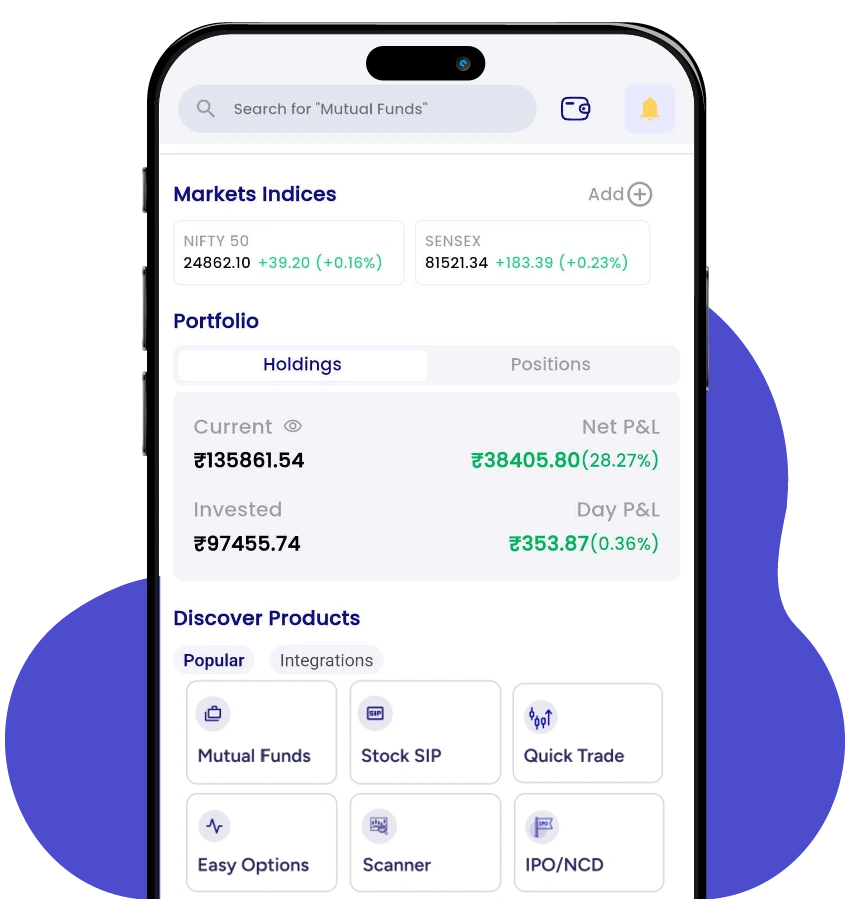India’s 10-Year Gold Rush: PL Capital’s Sandip Raichura Maps the Opportunity
- 18th July 2025
- 12:15 PM
- 6 min read
Mumbai | July 18 – India’s decade of wealth is not a slogan. It is a structural, policy-backed, digitally enabled wave taking shape across India’s capital markets, driven by domestic consumption, technology-led efficiencies, and a rising tide of retail investors willing to think in decades, not days.
“Equities will only make money in the long term. Think of 2047 as your first review point,” says Sandip Raichura, CEO – Retail Broking & Distribution, and Director at Prabhudas Lilladher (PL Capital).
As the world grapples with macro uncertainty, India’s equity markets are seeing systematic participation even during corrections, reflecting a maturing investor base and confidence in India’s growth trajectory.
Four Growth Engines for India’s Decade
Raichura points to four core sectors poised to benefit from India’s structural story:
- Financial Services: India’s financial market remains under-penetrated, with private banks, insurance, depositories, asset managers, and brokerages generating high profitability. Exchanges are running at over 50% PAT margins, reflecting robust operational leverage and rising retail participation.
- Electronics Manufacturing Services (EMS): Global supply chain realignments and China+1/Europe+1 strategies are positioning India as a competitive EMS and consumer electronics hub, with the potential to capture significant global market share.
- Consumption: India’s demographic dividend and rising middle-class incomes are driving stable demand across FMCG and discretionary products, creating long-term visibility for consumer-oriented businesses.
- Infrastructure and Energy: India’s push for manufacturing-led growth will rely on energy and infrastructure investment, with policy-led capex cycles supporting sectors from capital goods to renewables.
Additionally, defence and advanced technologies are emerging as a sunrise sector, with private participation in R&D, robotics, and AI-led manufacturing gaining traction.
India’s Retail Investors Are Growing Up
India’s investor behaviour is evolving. Corrections of 15-20% no longer trigger panic selling; instead, they are seen as opportunities to accumulate quality stocks. “Over the past five years, we have seen investors using market dips to add positions, reflected in the steady rise in SIP flows, now crossing ₹36,500 crore monthly,” notes Raichura.
Widespread Aadhaar and UPI adoption has expanded retail market participation, while SEBI’s regulatory efforts are fostering a transparent, stable trading environment. India’s retail investors are shifting from trading for quick gains to investing for generational wealth, mirroring patterns seen in more mature markets.
Discipline Over Hype
Short-term market movements attract attention, but wealth in equities is built over decades. “Markets have cycles, and staying the course requires conviction. That conviction comes from understanding the story you are investing in,” Raichura says.
He recommends disciplined participation through:
- Equity SIPs:Using systematic investments in direct equities to manage volatility while building exposure.
- Cash Allocation:Maintaining 10% cash in portfolios to deploy during corrections.
- Long-Term Alignment:Investing in sectors aligned with India’s structural growth story, not chasing fads
A Decade of Opportunity
India’s position as a consumption-led, policy-stable, digitally connected economy provides investors with a long runway for wealth creation. With the world’s second-largest exchange yet to list, ongoing formalisation of the economy, and emerging sectors like defence and EMS, India’s next decade is poised for growth.
The key, according to Raichura, is disciplined participation. “Always have 10% cash in your portfolio to deploy during corrections. Use equity SIPs. Stay invested. And align with quality sectors that reflect India’s structural strengths,” he advised.
As investors prepare for what many see as India’s decade of wealth, Raichura and PL Capital are urging market participants to move beyond short-term trades and build conviction-led portfolios that align with India’s 10-Year Gold Rush.
“Don’t watch from the sidelines,” Raichura said. “This is the time to position your portfolio for the long term.”
India’s Decade of Wealth: An Investable Reality
India’s positioning as a consumption-led, policy-stable, digitally enabled economy offers investors a long runway for wealth creation. The upcoming listing of the world’s second-largest exchange could bring in fresh foreign capital and index stability. Meanwhile, emerging sectors like defence and EMS, coupled with a formalising economy, are aligning to drive India’s decade of growth.
Raichura emphasises that volatility should not deter serious investors. Instead, it should be used to align portfolios with India’s 10-year gold rush. “Don’t watch from the sidelines,” Raichura says. “This is the time to position your portfolio for the long term.”
As India enters a pivotal phase in its market journey, the choice for investors is clear: chase noise or align for 2047 and beyond.
FAQs
Is it the right time to invest in India?
India’s macro stability, policy-led growth, and expanding retail participation through Aadhaar and UPI are creating a strong environment for equity investing. While markets will continue to have 15-20% corrections, long-term investors are using these dips to accumulate quality stocks. As Sandip Raichura says, “Equities will only make money in the long term. Think of 2047 as your first review point.”
Which sectors will benefit from India’s decade of wealth?
Four sectors stand out: financial services, EMS and electronics manufacturing, domestic consumption, and infrastructure and energy. Additionally, defence and strategic technology manufacturing are emerging as high-potential sectors as India ramps up self-reliance and advanced manufacturing capacity.
How should first-time investors approach India’s equity markets?
Start slow, use SIPs, and focus on sectors aligned with India’s structural growth. Avoid excessive leverage and treat equities as a long-term wealth-building vehicle, not a quick profit strategy. Maintaining 10% cash in your portfolio for deploying during market corrections can enhance returns.
Why is India’s equity market participation rising?
India’s digital rails, including UPI and Aadhaar, have made it easier for individuals to open and operate brokerage accounts. SEBI’s regulatory actions are improving transparency and investor protection, while the growth in SIP inflows shows a behavioural shift towards disciplined, long-term investing.




